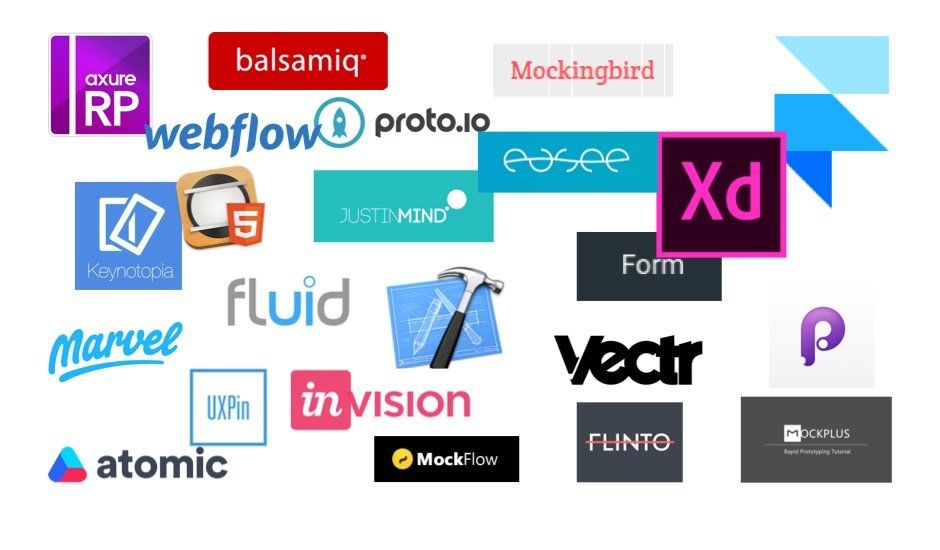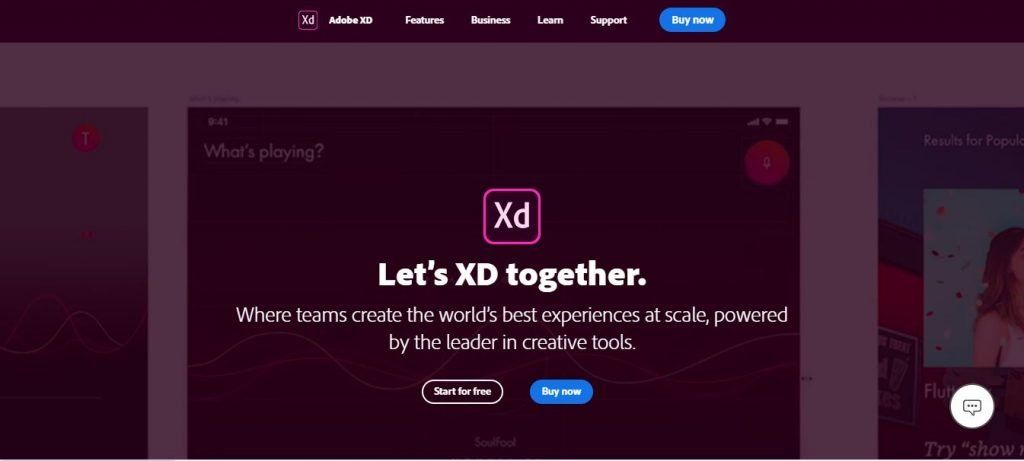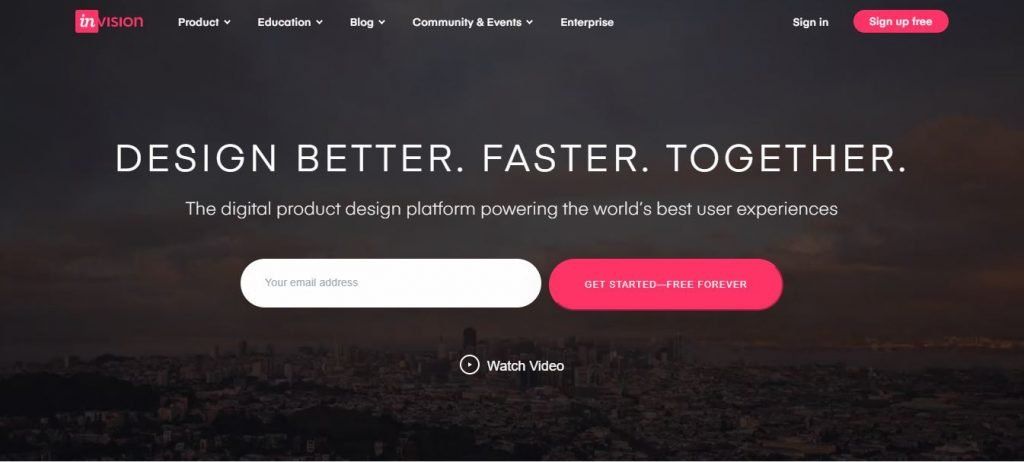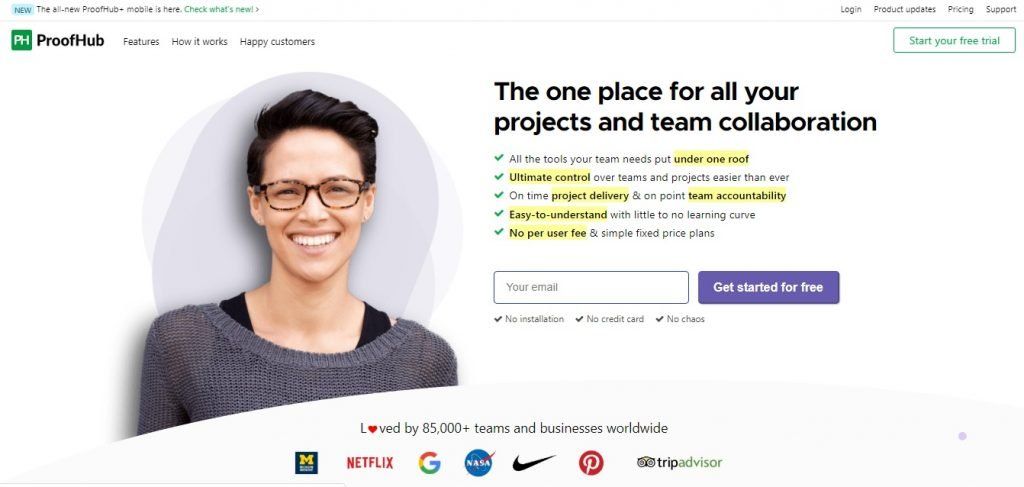Best Tools & Resources For Web Designers In 2021

Brands today are more careful about web design patterns on their corporate websites. To stand out from the rest, a website should look appealing and provide the best navigation as well. This boosts the burden of delivery for web designers. Web designers today need to follow the latest trends and must use design tools effectively for a better outcome.
This year would be one with profound competition for companies and their web performance. Thus, website developers and designers should only use the apt tool to cater to customer requirements. Designers could access many available web-design tools. Whatever concern the designer is trying to solve, there is a tool for it.
The web design community as a whole has evolved. The availability of web design tools provides sufficient benefits to the entire community. With so many available tools today, it could be confusing to choose the right one that best fits the design and development requirements.
The Top Web Design Tools Today
Some of the best web design tools that designers should check out in 2021 include the following:
1. Adobe XD

Considered the ideal platform that most designers use. User Interface design is a favorite among the design community. The wireframing and vector of the tool are bound to evolve, with voice prototyping support, making it at par with the current trends.
There are new drawing tools on the new version to define both mobile and desktop previews. It integrates other tools in the cloud as well. Designers could import and work along with the Photoshop features easily.
2. Figma

Popularly known as an interface design tool. It enables designers to coordinate. It’s great for several projects engaged in managing the result. It could be accessed via Mac, Linux, and Windows. Designers could go for the paid and free versions.
One of its best features is the ability for cross-platform operation. Designers could use it to generate icons and it works seamlessly. Moreover, designers could also share the graphics with others via an application. It’s handy for a lot of content makers. It could build fast mobile app design as well as a good design for tablets, and desktops, thus it helps designers cater to nearly all the user base.
3. InVision Studio

Its goals are to cover each base. It works its way from just a UI to what every web designer would need. It has various features that designers can develop interactive interfaces. Moreover, it brings in several tools for collaborative, responsive, and fast prototyping designs. Designers could keep on working with the different design systems.
It’s helpful for designers working on-site with animated content. Fast prototyping enables designers to come up with more complex and imaginative transitions. They could accomplish the animation level that they always wanted. Simply, designers must determine how they want the UI to look right when the change begins.
Additionally, designers can develop transitions and custom animations from several interactions, including hovering, swiping, and clicking. As soon as the designer finishes the work, the prototype could be exported using InVision Studio. Also, the tool enables designers to come up with several artboards for different devices. The design could be managed by the layout engine for any screen.
4. Marvel

A leading tool perfect for fast ideas generation. Also, it helps fine-tune an interface, by following the user requirements. The tool helps in building prototypes as well, providing a decent process for page creation. There are numerous integrations for injecting designs into the workflow of a project.
The user testing is advanced and integrated. Everything that it has is available online, thus designers will have to download anything.
5. ProofHub

One thing that web designers do is overlook proofing. There are various levels in which web designers must check the design before settling for the final one. Proofing, however, takes many more methods, which designers can skip. ProofHub is the ideal tool to help in managing all tasks that are related to design work.
While it may not be exactly used to create websites, it could help greatly help a designer with hassle-free editing and communication. It hastens the completion of the design project through regular emails and meet-ups throughout the project. Moreover, it is easier to pass messages to the development team on changes required, like adding color, positioning text, etc.
6. Sketch

It is among the most common web design tools. It comes with an advanced vector tool, which helps develop collaborative interfaces and prototypes. The tool was specifically created for creating websites and applications. Because of its being fast, it has gained prominence in the community of designers.
Several companies these days suggest their design partners use Sketch. Compared to Photoshop, managing all documents and doing revisions in the tool is simpler. The tool furthermore provides small documents. Since it is vector-based, its file size is gradually small than that of Photoshop. The built-in grid in the tool excellent works and makes for a simpler interface design.
Expert web designers declared that the minimal cost and the whole UI make the tool clutter-free and user-friendly. One downside, however, is that designers could only access it on Mac. Nevertheless, a Sketch app could be accessed for Windows, known as Lunacy. It helps open and edit sketch files as well as removes all other hassles.
The Relevance of Web Design
Nowadays, people prefer to see something that’s designed beautifully than something simple and plain. Web design is a critical part of any online marketing presence. To create a better business website, it is important to understand the relevance of web design.
1. Sets the First Impression
When an audience visits your eCommerce site, it gives them a first impression of the business and could judge the site in seconds. You naturally would want to make a positive audience impact in the first few seconds. If the website appears unappealing and outdated, visitors would have a negative impression of the brand right away.
Web design is critical since it impacts how the audience perceives the brand. The impression you make could make visitors stay or leave your website and turn to your competitors.
2. Sets Customer Service Impression
People could judge how they are treated by looking at your website. The design gives them insight into how you see your visitors. If you don’t make an effort to design, your visitors would know that you will not put the effort into helping them.
The website is the same as a customer service representative. If it’s modern, bright, and inviting, visitors would feel more welcome. You give the impression that you’re welcoming and open to new visitors. An outdated site, on the other hand, makes the business look aloof and cold.
3. Helps the SEO Strategy
A lot of practices and design elements influence the way you publish website content. In turn, this impacts how search engines crawl and index the site. You couldn’t afford to mess this up. If the on-page SEO fundamentals aren’t updated, there is a great uphill battle ahead from the very beginning.
Besides how content is published, some web design elements could affect SEO directly. If you’re not familiar with how it works, web design could be hard. Simply, your code should be SEO-friendly.
4. Creates Consistency
When you’re trying to get new business leads, you would want to build up your brand. Moreover, you want your audience to be familiar with the brand. Online website designs are critical since they help build consistency across the page. You should have the same styles, fonts, and layouts across each page on the website.
An inconsistent website makes people leave your site and turns to more professional ones. Building consistency that keeps them longer on the page and becoming familiar with the brand. When you build your site for a consistency element, you get to earn more conversions and leads.
5. Builds Audience Trust
People do not trust websites that are poorly designed. They may see it as shady or seedy since you do not have an updated design. Consider a person that plans on putting a bulk order with a manufacturing company. They spend a huge amount of money, which means that if the site does not convey trust, they will look at the competition instead.
A professional-looking website signals audience trust. It’s critical to create trust with the audience so they would stay on your website. The longer they stay on the website, the more opportunities for the brand to capture leads.
6. Competition is Doing It
The big reason for website design is that your competitors are doing it. To stay on the competitive edge, you must use web design then. Businesses would want their websites to stand out among the rest. An outdated, low-quality, old website could quickly take a backseat.
The design of the brand’s website is a chance to set it apart from the rest. When competing with other brands, you would generally have the same pricing and similar services. You need the one thing that makes your business stand out, and that is web design.
